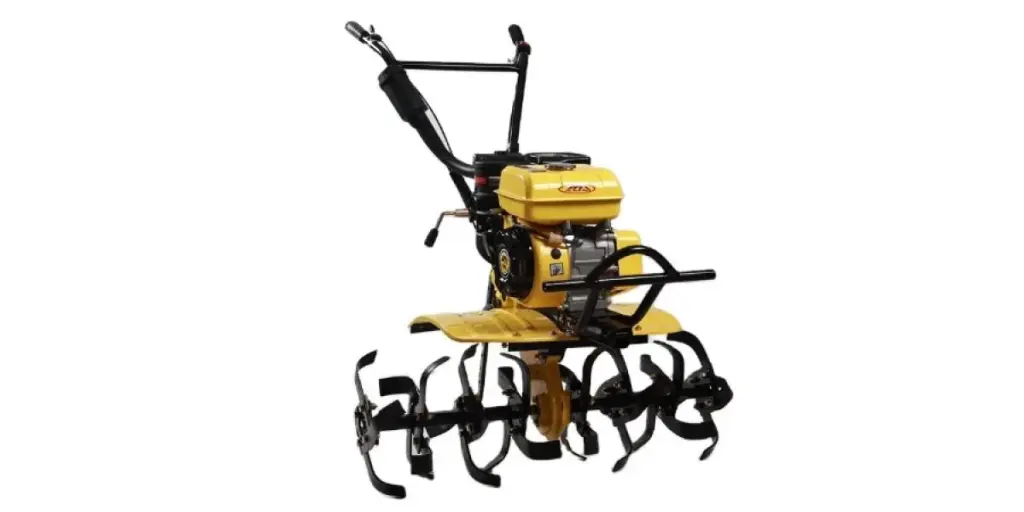Mini tillers have become popular gardening tools, offering compact and efficient solutions for small to medium-sized plots. These versatile machines effortlessly break up the soil, remove weeds, and prepare the ground for planting. With their portability and ease of use, mini tillers are ideal for small gardens and hard-to-reach areas. However, choosing the right one can be challenging due to the abundance of options on the market.
This guide provides essential tips for you to consider when looking for the right mini tiller. We’ll also discuss the market share of the different mini tillers out there.
Table of Contents
Market share of mini tillers
Types of mini tillers
Top tips to consider when buying a mini tiller
Conclusion
Market share of mini tillers
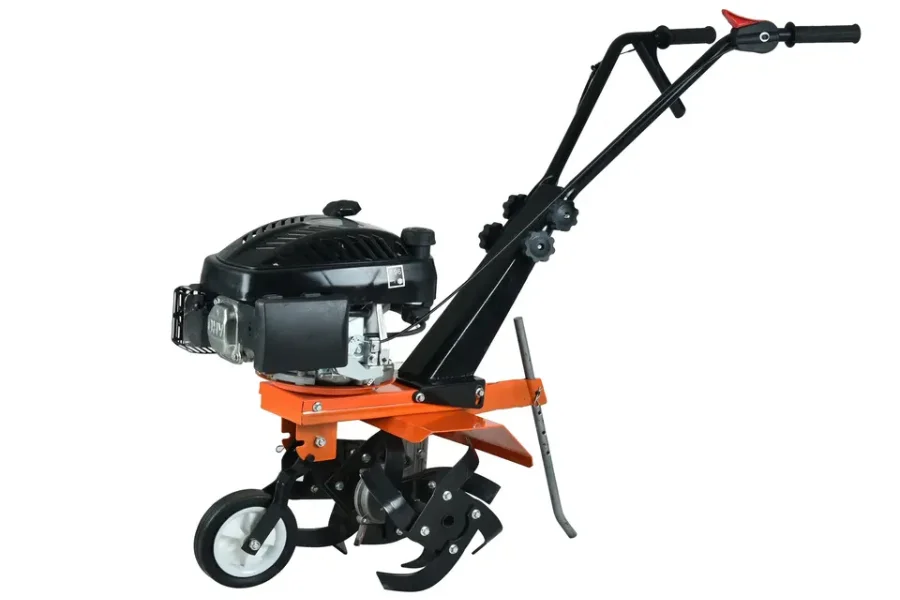
According to a report published by Android Market Research, the mini tillers cultivator market is expected to grow at a CAGR of 5.9% between 2022 to 2031. By the end of 2031, the market is estimated to reach a worth of US 2.3 billion.
One of the key factors leading to this increased demand for mini tillers is the growing popularity of urban gardening, where individuals cultivate plants in smaller plots. In addition to their affordability compared to other larger tillers, mini tillers’ convenience, efficiency, and portability have also helped increase demand.
North America is one of the regions with a high demand for mini tillers, mostly in the urban and suburban areas that have limited cultivation space. Other regions with a high demand for mini tillers include Europe, Asia, South America, and Oceania.
Types of mini tillers
1. Front-tine mini tiller
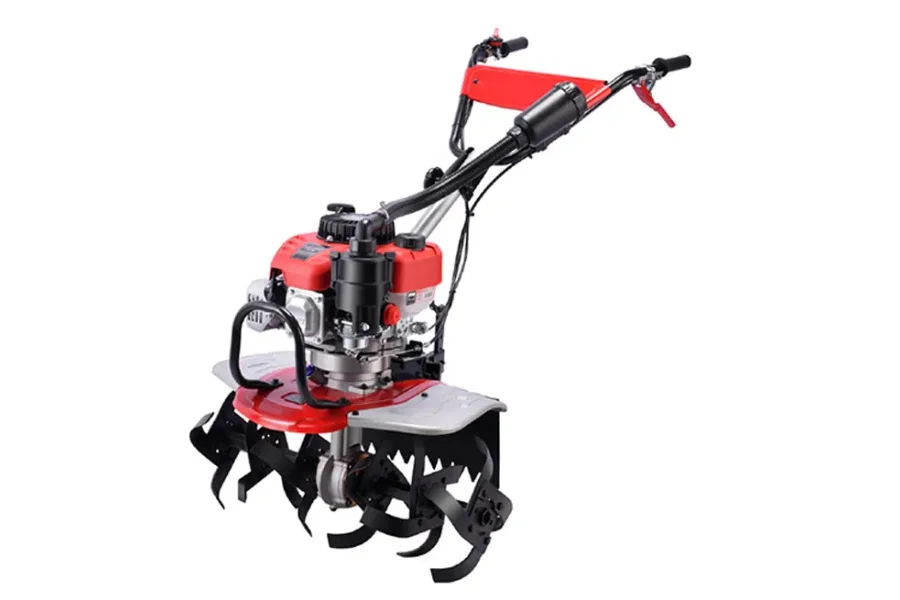
Front-tine mini tillers are the most commonly found type of mini tiller and are built with the tines positioned in front of the engine. These tillers are usually compact and lightweight, allowing for effortless maneuverability and control. During operation, the tines rotate in a forward direction, necessitating the operator to apply some force while pushing the machine forward as the tines penetrate the soil. Front-tine tillers are good at handling lighter to medium-duty tilling jobs, making them a perfect choice for small gardens or flower beds.
2. Rear-tine mini tiller
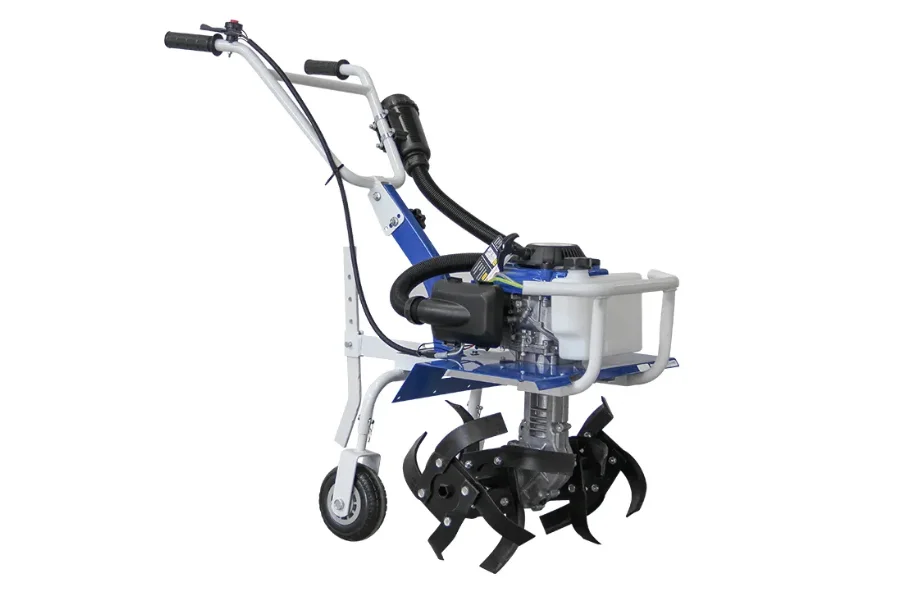
Rear-tine mini tillers have tines placed at the back, behind the engine. These tillers boast more power and have a self-propulsion feature, making them a breeze even in challenging soil conditions.
Rear-tine tillers are specifically designed for larger garden spaces and demanding tilling tasks. They excel at breaking up compacted soil with minimal effort required from the operator. What’s more, the rotation direction of the tines can be adjusted, allowing for both forward and counter-rotating motions, granting added versatility when dealing with various soil types.
3. Electric mini tiller
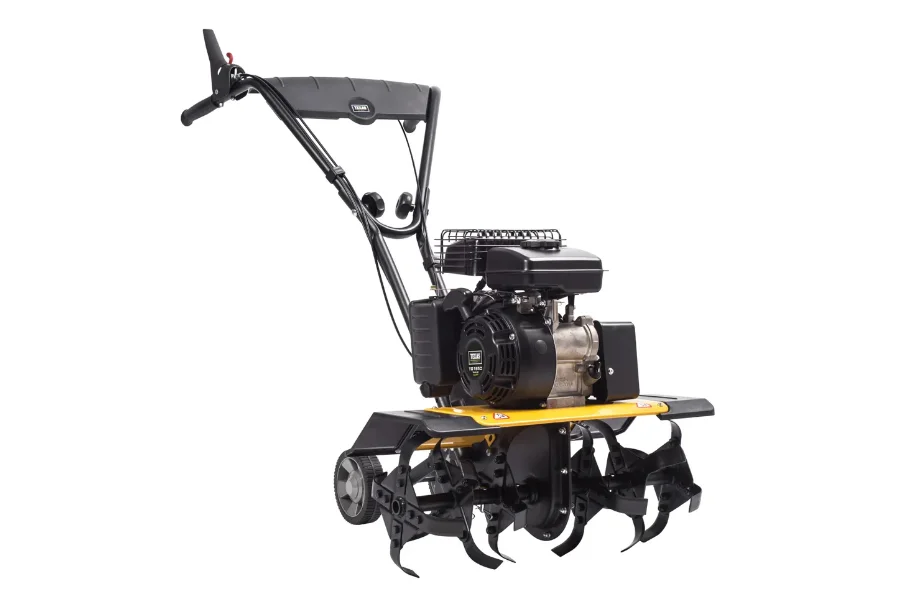
Electric mini tillers operate on electricity, eliminating the need for gasoline or oil. These tillers are known for their lightweight design, quiet operation, and eco-friendliness, as they produce zero exhaust emissions. Electric tillers are hassle-free to start and require minimal maintenance.
These tillers are well suited for smaller garden spaces and lighter tilling jobs. Gardeners appreciate electric mini tillers for their convenience, user-friendliness, and lower operating costs, making them a popular choice among the environmentally conscious.
4. Gas-powered mini tiller
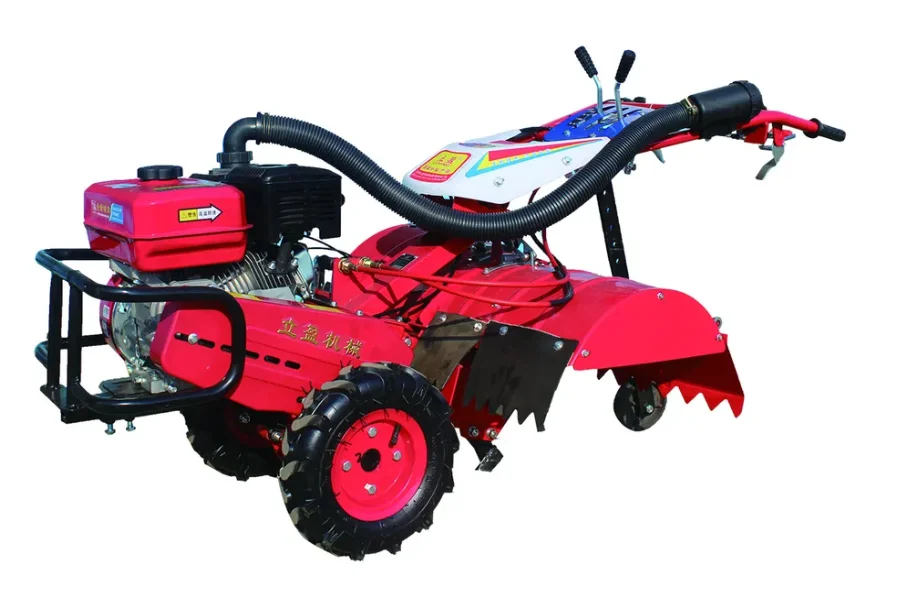
Gas-powered mini tillers have an internal combustion engine that runs on gasoline. These tillers pack a punch thanks to their enhanced power, making them ideal for larger garden spaces, demanding tilling jobs, and challenging soil conditions. Lacking an electrical cord, gas-powered tillers can be operated freely and offer greater mobility and flexibility.
Gas-powered tillers are commonly employed in professional landscaping or agricultural settings. However, it’s important to note that they require regular maintenance, refueling, and generate more noise and exhaust emissions than their electric counterparts.
Top tips to consider when buying mini tillers
1. Budget
Decide how much you are comfortable spending to find a mini tiller that fulfills your business needs without breaking the bank. A budget helps you narrow your choices and find models with the best bang for your buck. On average, mini tillers range in price from US $150 to US $500, depending on factors such as brand, features, power source, and durability.
2. Garden size
When choosing a mini tiller, consider the size of the gardens that they will need to service. Opt for compact and lightweight mini tillers for small gardens or limited spaces. These models are designed to be agile, allowing easy navigation around tight corners and confined areas. On the other hand, if they are needed for larger gardens or wide expanses, you will need to invest in more powerful mini tillers. These robust machines can cover more ground efficiently, saving time and effort.
3. Tilling depth and width
Most mini tillers are adjustable according to tilling depth, allowing for customization according to the user’s preferences and needs. Consider whether the tiller will be used for loosening the top layer or preparing a deeper bed for planting. Pay attention to the tilling width, which determines how much ground the machine can cover in a single pass. The average tilling depth of mini tillers is around 6 to 8 inches, while the tilling width typically ranges from 9 to 12 inches.
4. Power source
Mini tillers are either electric or gas-powered. Electric models are quieter, produce no exhaust emissions, and require less maintenance. However, their mobility is limited by the length of the power cord. On the other hand, gas-powered tillers offer more freedom of movement as cords don’t restrict them to one area. While this means they need regular fueling and maintenance, they also provide greater flexibility, particularly in larger or remote areas.
5. Maneuverability
Look for tillers with features such as adjustable handles and ergonomic designs for comfortable handling, allowing for improved maneuverability through narrow spaces and around any obstacles. A well-designed tiller will make tilling tasks a breeze, reducing physical strain and enhancing the enjoyment of the gardening experience.
6. Weight and portability
Choosing mini tillers that weigh around 20 to 40 pounds (9 to 18 kilograms) can make gardening tasks more convenient and save unnecessary strain. Prioritizing portability ensures that the machine can be transported to different areas that require tilling effortlessly, making them a practical and user-friendly choice.
7. Durability and quality
Look for mini tillers that are constructed from robust materials and showcase solid craftsmanship. Investing in reliable and durable mini tillers helps to guarantee that they will endure frequent use and continue to perform effectively in the long term. Well-maintained and high-quality mini tillers can last anywhere from five to 10 years.
Conclusion
When purchasing mini tillers, you must consider budget, garden size, tilling depth and width, power source, maneuverability, weight and portability, and durability and quality. The tips above will help you to make an informed decision as to which tiller is best suited to your sourcing needs. To explore a wide range of mini tillers, visit Alibaba.com.
